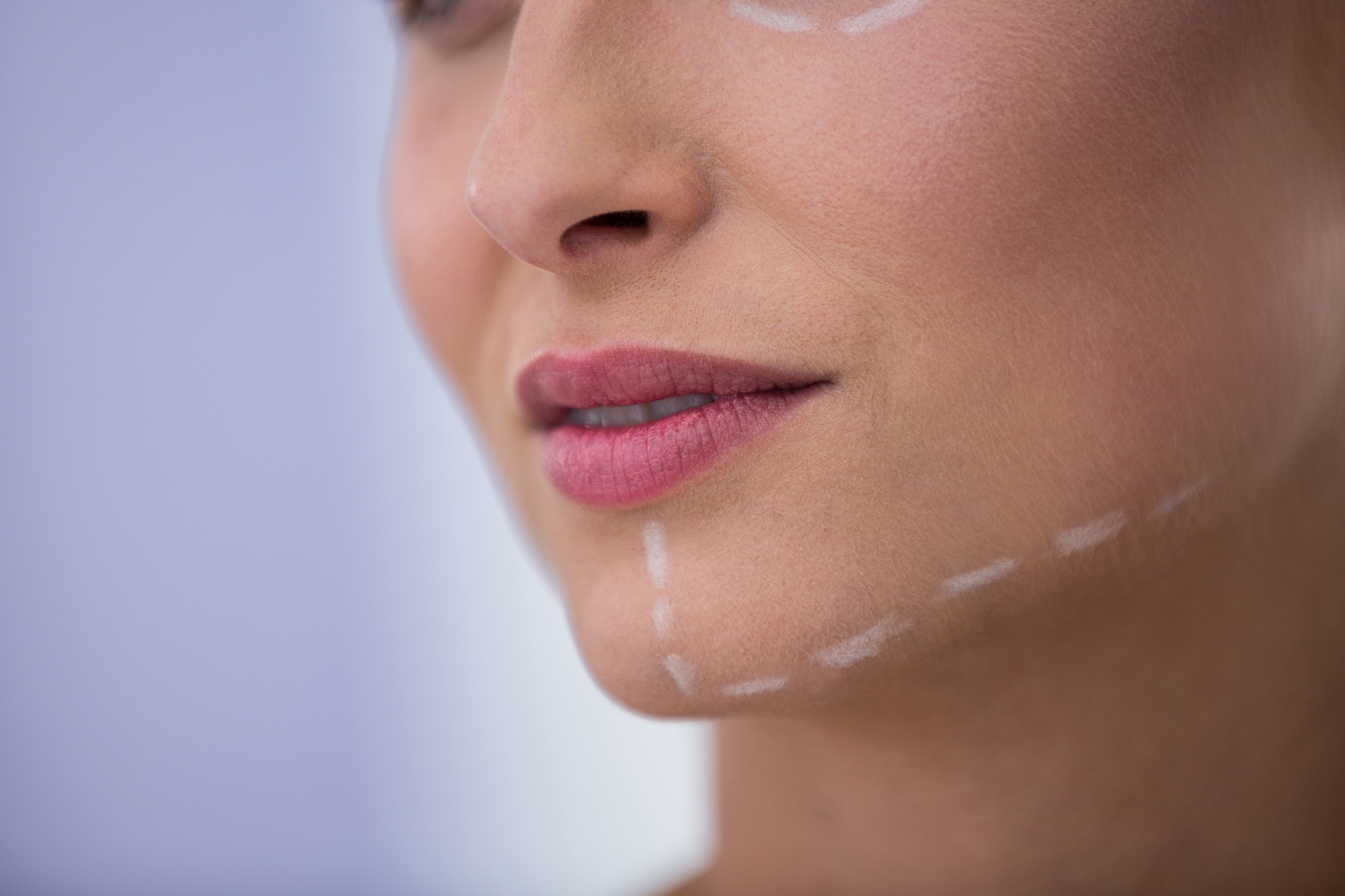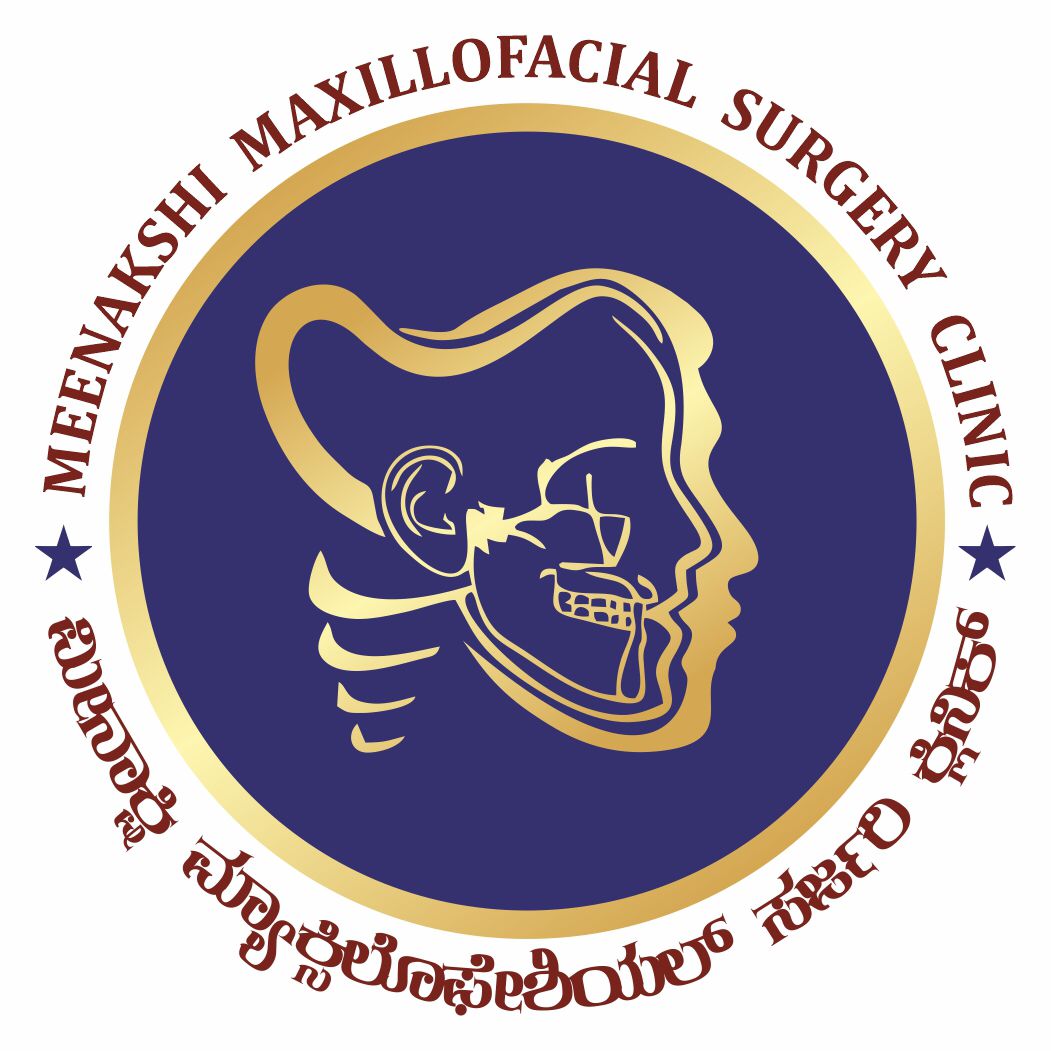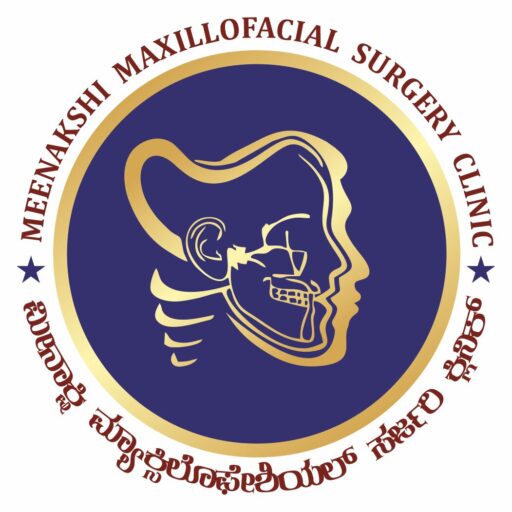Orthognathic Surgery
- Home
- Orthognathic Surgery

Jaw Surgery / Orthognathic surgery
Orthognathic (or-thog-NATH-ik) Surgery, also known as Jaw Surgery, corrects irregularities of the jaw bones and realigns the jaws and teeth to improve the way they work.
Jaw surgery, also known as orthognathic surgery, corrects irregularities in the jaw bones and realigns the jaws and teeth to improve the way they function. Making these corrections may also improve the facial appearance as the facial soft tissue repositioning happens in the process of jaw surgery. Jaw surgery may be a corrective option if you have jaw problems that can’t be resolved with orthodontics alone. In most cases, you will also have braces on your teeth before surgery and during recovery after surgery until healing and alignment are complete, It’s a teamwork. Orthodontists, oral and jaw (maxillofacial) surgeons will determine the treatment plan. Jaw surgery is appropriate after growth stops, usually around age 14 to 16 years for females and age 17 to 21 years for males.
The Goals of Jaw Surgery
- Make biting and chewing easier and improve chewing overall
- Correct problems with swallowing or speech.
- Minimize excessive wear and breakdown of the teeth.
- Correct bite fit or jaw closure issues, such as when the molars touch but the front teeth don’t touch (open bite).
- Correct facial imbalance (asymmetry), such as small chins, underbites, overbites, and crossbites.
- Improve the ability of the lips to fully close comfortably.
- Relieve pain caused by temporomandibular joint (TMJ) disorder and other jaw problems
- Repair facial injury or birth defects
- Provide relief for obstructive sleep apnea.
Types of Jaw Surgery.
- Maxillary osteotomy This surgery is done when there is a transverse or anteroposterior maxillary discrepancy. Maxillary osteotomy also treats an open bite and cross bite, and vertical excess.
- Mandibular osteotomy. This surgery is done when the lower jaw has an AP discrepancy. The chin is also addressed in mandibular jaw surgery.
- If you have a problem that affects both jaws, the surgery is called a bilateral osteotomy or double-jaw surgery.

Orthognathic Surgery FAQ
General Question
Maxillofacial Surgery can be overwhelming. Whether you’re scheduled for your very first oral surgery, or you’ve undergone oral surgery before, you probably have several pressing questions for your Maxillofacial surgeon.
It is a corrective facial surgery performed to obtain good symmetry and function in the jaws (centric class 1 occlusion with normal overbite and overset) and face.
They are Lefort I osteotomies, BSSOs (bilateral saggital split osteotomy ) and genioplasty.
When a person smiles, between 2-4 mm of gingival show is considered normal, and anything more than that is called a “gummy smile.” This is due to maxillary vertical excess.
Yes, it does, in OSA Mxillo-mandibular advancement is one of the surgical options and it significantly improves the airway to correct OSA.
Book Now
Make An Appointment
Open Hours
- Mon – Sat : 10 AM to 02 PM
- Mon - Sat : 04 AM to 08 PM

